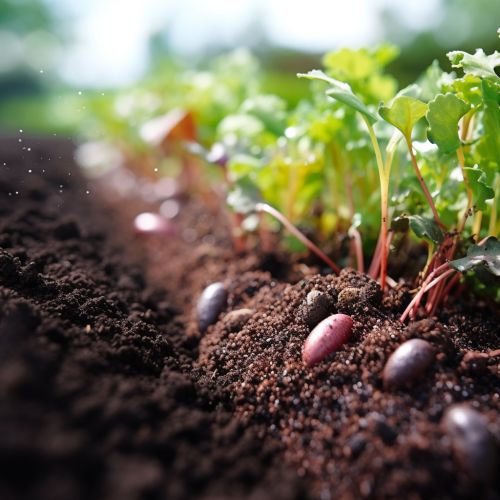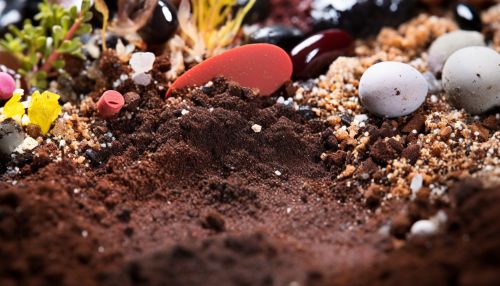Bioremediation
Introduction
Bioremediation is the process of using organisms to neutralize or remove contaminants from a polluted area. It is a form of waste management that utilizes the natural abilities of certain species to break down hazardous substances into less toxic or non-toxic substances. This process can be applied to various types of environments, including soil, water, and air.
Principles of Bioremediation
Bioremediation operates on the principle that microorganisms, primarily bacteria and fungi, can metabolize pollutants as an energy source. These organisms transform the pollutants into harmless products, often carbon dioxide and water, through various chemical reactions. The effectiveness of bioremediation depends on the presence of a community of pollutant-degrading microorganisms, environmental conditions that support microbial survival and activity, and sufficient contact between the microbes and the pollutants.


Types of Bioremediation
Bioremediation can be classified into two main types: in situ and ex situ.
In Situ Bioremediation
In situ bioremediation involves treating the contaminated material at the site, without removing it. This method is often used when the contaminated material is immobile, such as in the case of polluted groundwater or soil.
Ex Situ Bioremediation
Ex situ bioremediation, on the other hand, involves the removal of the contaminated material to be treated elsewhere. This method is often used when the contaminated material is mobile, such as in the case of polluted water or air.
Techniques of Bioremediation
There are several techniques used in bioremediation, including bioventing, biosparging, bioaugmentation, and biostimulation.
Bioventing
Bioventing is an in situ remediation technology that uses indigenous microorganisms to biodegrade organic constituents in the groundwater system.
Biosparging
Biosparging involves the injection of air below the water table to increase the biological activity of the indigenous bacteria.
Bioaugmentation
Bioaugmentation involves the addition of bacterial cultures required to speed up the rate of degradation of a contaminant.
Biostimulation
Biostimulation involves the modification of the environment to stimulate existing bacteria capable of bioremediation.
Applications of Bioremediation
Bioremediation has been used successfully to clean up pollutants in a variety of environments, including oil spills, industrial waste sites, and contaminated groundwater.
Advantages and Disadvantages of Bioremediation
Like any other method, bioremediation has its advantages and disadvantages. It is cost-effective, environment-friendly, and capable of reducing waste to non-toxic levels. However, it is a slow process and is not effective for all types of pollutants.
Future of Bioremediation
With advancements in genetic engineering, it is possible to create super microbes that can degrade pollutants more effectively. However, the release of such organisms into the environment could have unforeseen consequences.
